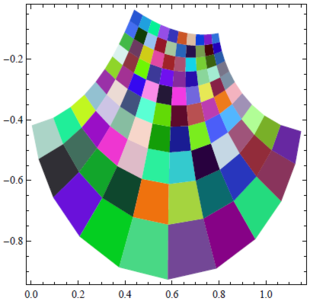14-240/Tutorial-October28: Difference between revisions
No edit summary |
|||
| Line 44: | Line 44: | ||
more efficient strategy to solve a problem. |
more efficient strategy to solve a problem. |
||
====Don't be Too Lazy==== |
|||
====Extending Linearly Independent Sets==== |
====Extending Linearly Independent Sets==== |
||
==Nikita== |
==Nikita== |
||
Revision as of 11:31, 7 November 2014
| |||||||||||||||||||||||||||||||||||||||||||||||||||||||||
Boris
Try to Avoid the Einstellung Effect
By this point in the course, we become good at solving systems of linear equations. However, we should not use this same
old problem-solving strategy over and over if a more efficient one exists. Consider the following problems:
Q1: Determine if is linearly independent in .
We can solve this linear equation to find the answer:
- where .
Yet there is a less time-consuming approach that relies on two observations:
- (1) The dimension of is so the size of a basis is also .
- (2) No linearly independent set can have more vectors than a generating set (by the Replacement Theorem).
Since a basis is a generating set and the size of is , then the Replacement Theorem tells us that cannot be linearly
independent. Hence, the problem can be solved without solving any linear equations.
Q2: Determine if the polynomials generate .
Once again, we can solve a linear linear equation but we do not have to. Observe:
- (1) The dimension is so the size of a basis is also .
- (2) No generating set can have fewer vectors than a basis (by a Corollary to the Replacement Theorem).
Since there are only polynomials, then the Corollary tells us that it cannot generate . Once again, we used a
more efficient strategy to solve a problem.










